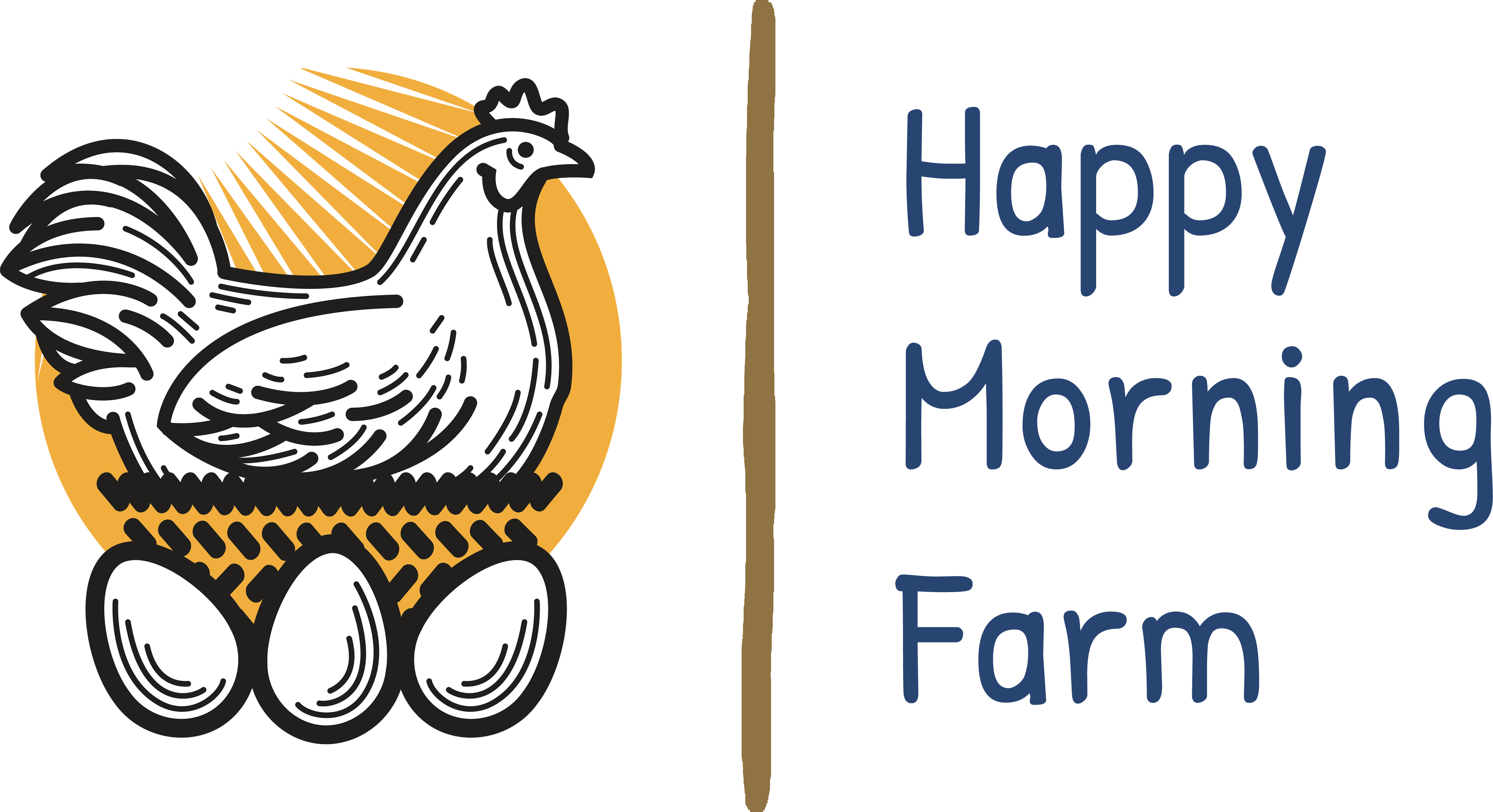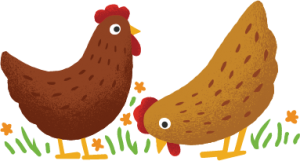
Looking for ethically produced food? You’ve found it. Happy Morning Farm offers free range organic farm-fresh eggs, meaning the hens who produce them are free to roam outdoors year-round. We bet you can taste the difference.
Pasture raised hens means that they have the freedom to roam and forage for local plants & grasses, succulents, and wildflowers while enjoying the fresh air and sunshine. Whether it’s giving our hens year-round outdoor access, supporting family farmers, enabling you to trace your eggs back to the farm, or setting the record straight in the egg aisle, you can always trust that Happy Morning Farm is helping to put healthy, delicious eggs on your table. Our pasture-raised eggs are food you don’t have to question, unless the question is “why is this so delicious?”
Our eggs are collected at least once, if not twice a day to ensure that they’re always fresh!
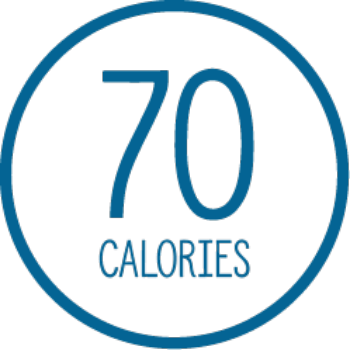
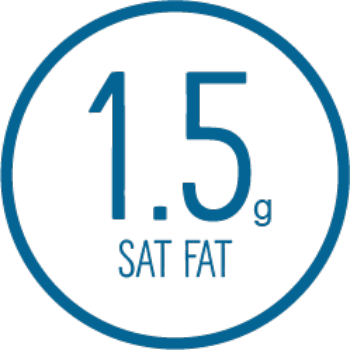
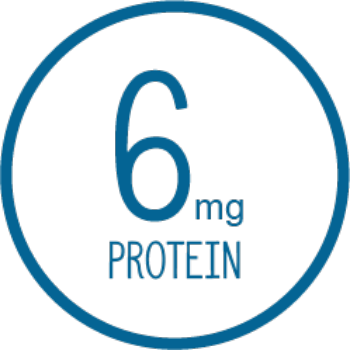
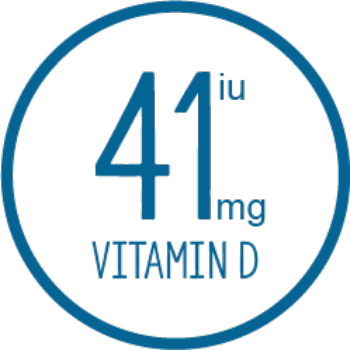
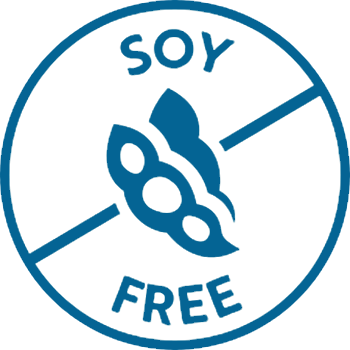
Perfect Protein
Eggs contain the highest quality protein on the planet! An egg has ALL 9 essential Amino Acids in precise proportions required by the human body for growth and repair. Amino Acids are the building blocks of the human body, helping in the formation of muscles, hair, nails, skin and organs. Eggs are a true Super Food!
Nutrient Dense
Eggs contain 11 essential vitamins and minerals including vitamin A, D, E, B12, B2, Iron, Iodine, Phosphorus, Selenium, Choline and Folate. Plus the antioxidants Lutein and Zeaxanthin.
Omega – 3
Eggs are a natural source of Omega-3 Fatty Acids. Omega-3’s are essential in protecting against Heart disease, inflammatory disease and autoimmune disease. They keep your eyes healthy and play a major role in infant development.
Vitamin A, E & B12
Eggs are particularly rich in A, E and B12. Vitamin A helps form and maintain healthy skin and teeth while also promoting good vision. Vitamin E is an antioxidant that helps protect body tissue from disease. Vitamin B12 is essential for brain and nervous system function and aiding proper blood formation.
Antioxidants
Eggs are high in several natural antioxidants including Lutein and Zeaxanthin which protect your eyes and maintain their health. Egg whites also contain Selenium which protects your immune system.
Vitamin D
Egg yolks are one of the few foods that naturally contain Vitamin D. This makes it a convenient way to up your intake. Vitamin D is essential for the Immune and Nervous Systems and strong bones and muscles as well as overall health.
Choline & Iron
Egg yolks contain Choline an important nutrient that is required for normal and fetal brain development. Also for metabolic processes including liver and nerve function and muscle movement. Iron is required to produce hemoglobin which carries oxygen through the blood. Eggs provide a valuable source of iron.
A Word About Washing Eggs…
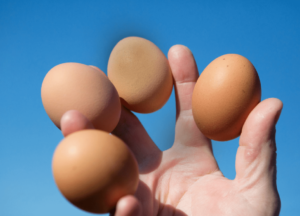 Washing fresh eggs is one of those hotly debated topics that most people seem to be either adamantly for or against. Let’s look at a few facts to figure out if washing eggs is a good idea or not.
Washing fresh eggs is one of those hotly debated topics that most people seem to be either adamantly for or against. Let’s look at a few facts to figure out if washing eggs is a good idea or not.
There are a few things we know about chicken eggs that are true. Let’s take a look at these before we move on. Having a solid understanding of the basics will help you determine your stance.
-
Egg shells are made up of mostly calcium carbonate crystals. This means that even though eggs look solid they can actually have as many as 8,000 microscopic pores in them. Sadly, those pores are perfect for allowing bacteria inside.
-
The good news is, right before an egg is laid, the chicken coats the egg with a protective coating called the “bloom”. Fun fact: the bloom is also where the majority of the egg color comes from.
-
The bloom helps keep bacteria, moisture, and gases out of the egg. It also keeps the egg fresh longer, which enables unwashed eggs with the bloom still intact to sit out on the counter for several weeks without going bad. In fact, that’s how they do it most places today in Europe!
-
The bloom can easily be washed off with warm water, and once it has been, the egg is no longer protected from bacteria, moisture, and gases because the pores have been exposed.
The Egg Test
Back in the 1860s, eggs didn’t come in cartons stamped with expiry dates. So how did people test eggs to make sure they were fresh?
Your eyes and nose are the best tools for determining freshness — but you can’t smell or see inside an egg before you crack it (unless you’re highly skilled). Fortunately, there is another way: the EGG FLOAT TEST!
First, you’ll need to gather your eggs. Next, fill a bowl or jar with cold water, and place the eggs in question in the water. Then, observe how or if they float!
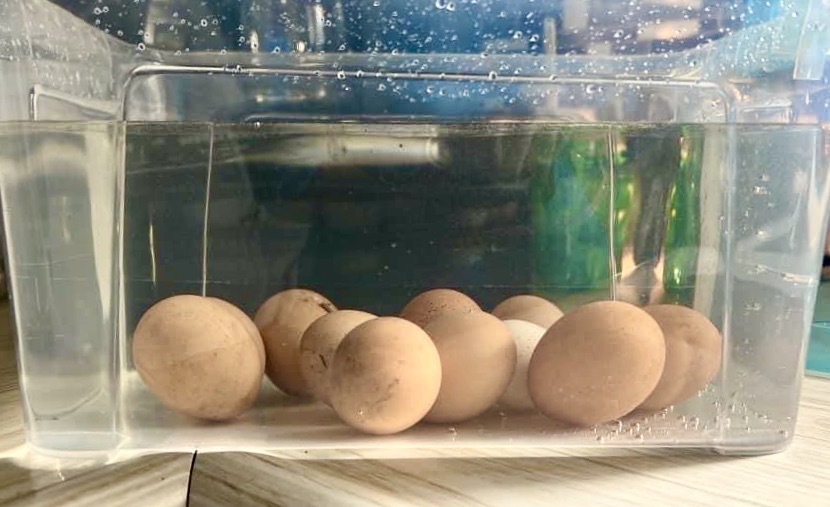
What Happens & What It Means
- If your eggs sink to the bottom and lie flat on their sides (like the photo above), they are very fresh.
- If your eggs stand up on one end at the bottom, they are a few weeks old, but still perfectly fine to eat.
- If your eggs float to the surface, they are no longer fresh. Do NOT eat them!
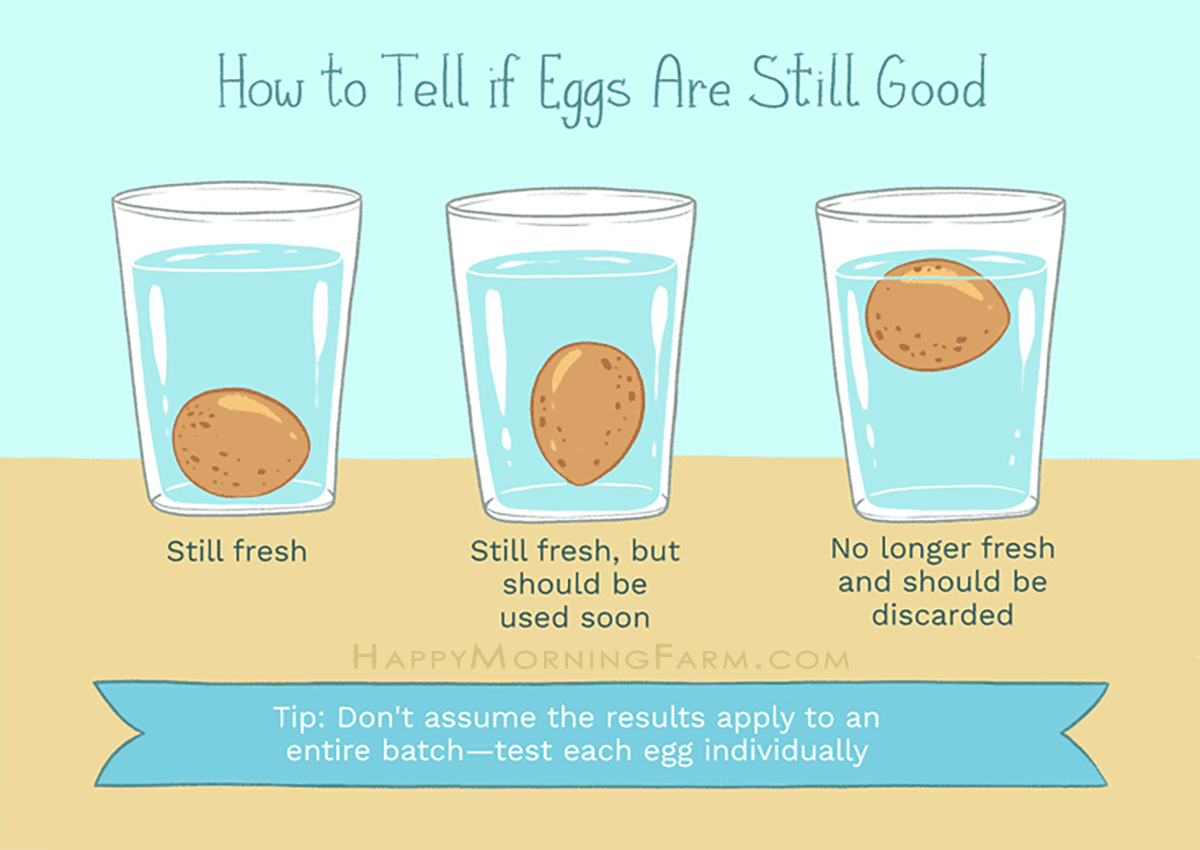
Why Does The Float Test Work?
The reason that the water float test method works is that eggshells are porous, which means they allow some air to get through. Fresh eggs have less air in them, so they sink to the bottom. Older eggs have had more time for the air to penetrate the shells, so they are more buoyant and will float. Simple!
Anatomy of an Egg
When learning about chickens, we feel that it’s important to understand the anatomy of the egg too, not just the chicken. The actual egg has 8 different parts: Shell, Yolk, Vitelline Membrane, Air Cell, Chalazae, Albumen, Inner Membrane and Outer Membrane. Each part of the egg serves a different purpose.
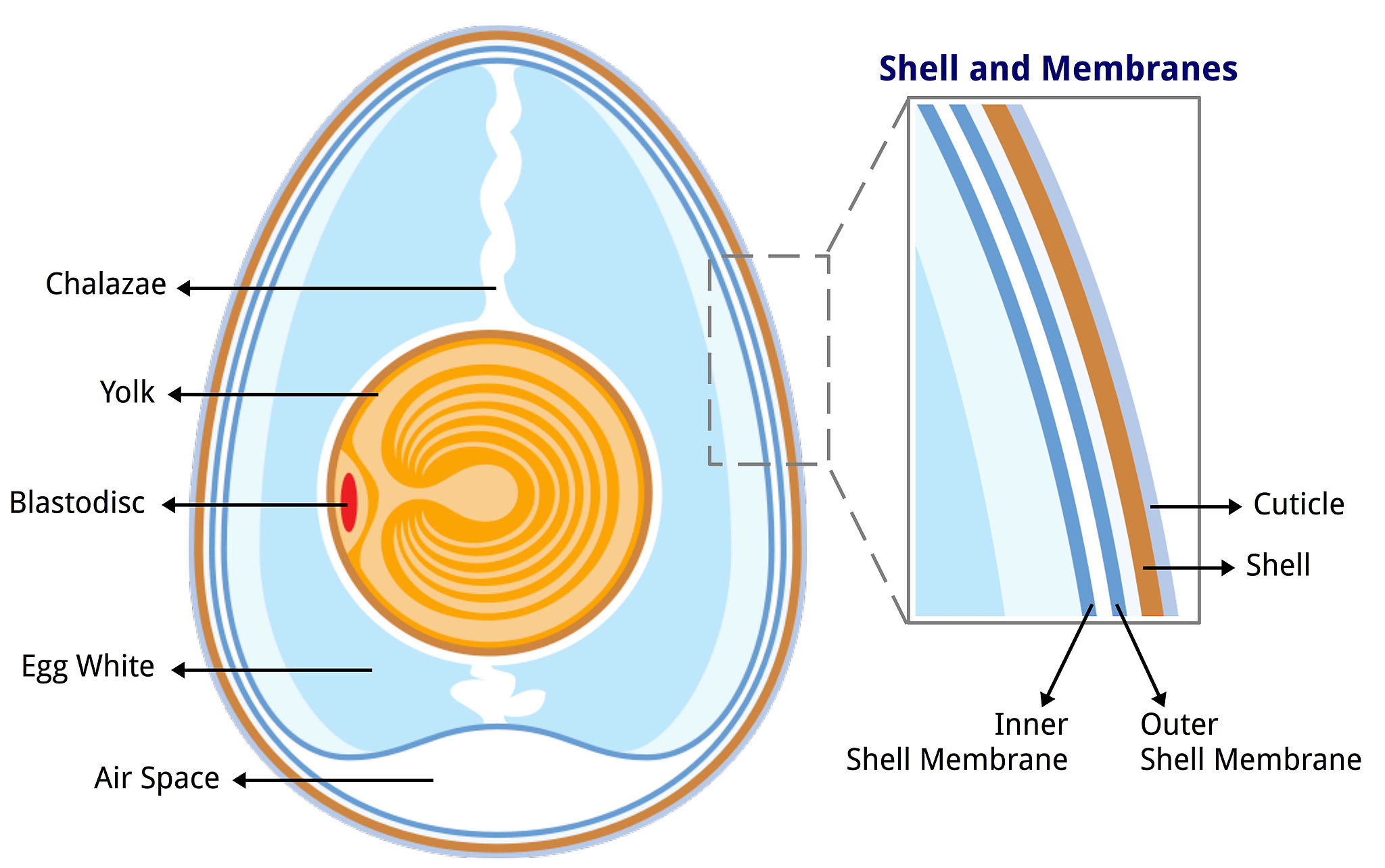
Shell
This is the outer layer of the egg which is made up of Calcium Carbonate. The shell contains between 7,000 to 17,000 tiny pores which allow moisture to pass through. The Bloom or Cuticle, which is the outermost coating of the shell prevents bacteria and dust from entering into the egg.
Inner and Outer Membranes
These strong membranes are made partly of keratin and are found lying between the eggshell and egg-white. They fight off any bacteria trying to enter the egg.
Air Cell
The air cell can be found between the inner and outer membranes of the egg’s largest end. After an egg is laid the air space develops while the egg is cooling and contracting.
Albumen
This is also known as the Egg White. The albumen consists of four different layers that alternate between thick and thin, consisting of 40 different proteins. The egg white is the main component of the egg in addition to water.
Chalazae
Serves as the yolk’s anchor making sure the yolk stays in the center of the egg. When the Chalazae is very prominent, your eggs are fresher.
Vitelline Membrane
This is the clear casing that encloses the yolk.
Yolk
The yolk contains the most minerals and vitamins in the egg. It contains calcium, iron, phosphorus, thiamine, riboflavin, Vitamin A, and Vitamin D. The yolk is made up of more protein than the egg white and also contains less water. Depending on the feed and breed of your hen, the yolk will vary in color from slightly yellow to deep orange.
Fertile vs. Fertilized Eggs
One of the most common questions folks ask when they crack an egg and see a tiny round white looking circle is: Is my egg fertilized or just fertile?” In order for an egg to be fertilized, there must be a rooster present. The eggs that you buy at the supermarket are typically from hens that are raised without a rooster being present. Roosters are not necessary at egg farms where eggs are produced for human consumption and not incubation. Eggs for incubation are grown at special farms called breeder farms where roosters are present with the hens.
The next time you break open an egg; look for the blastodisc (sometimes called a germinal disc). You will see that supermarket eggs are infertile.
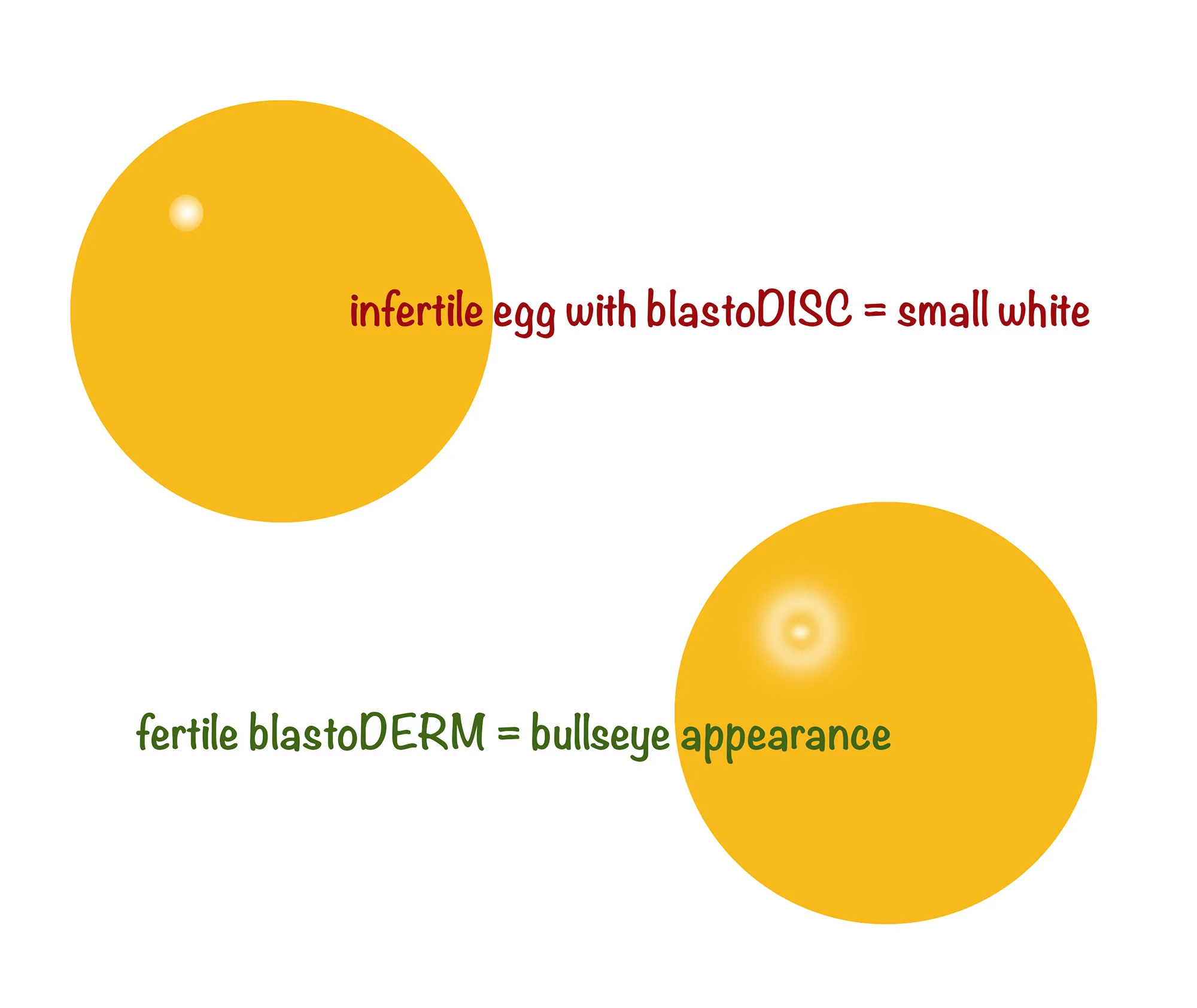
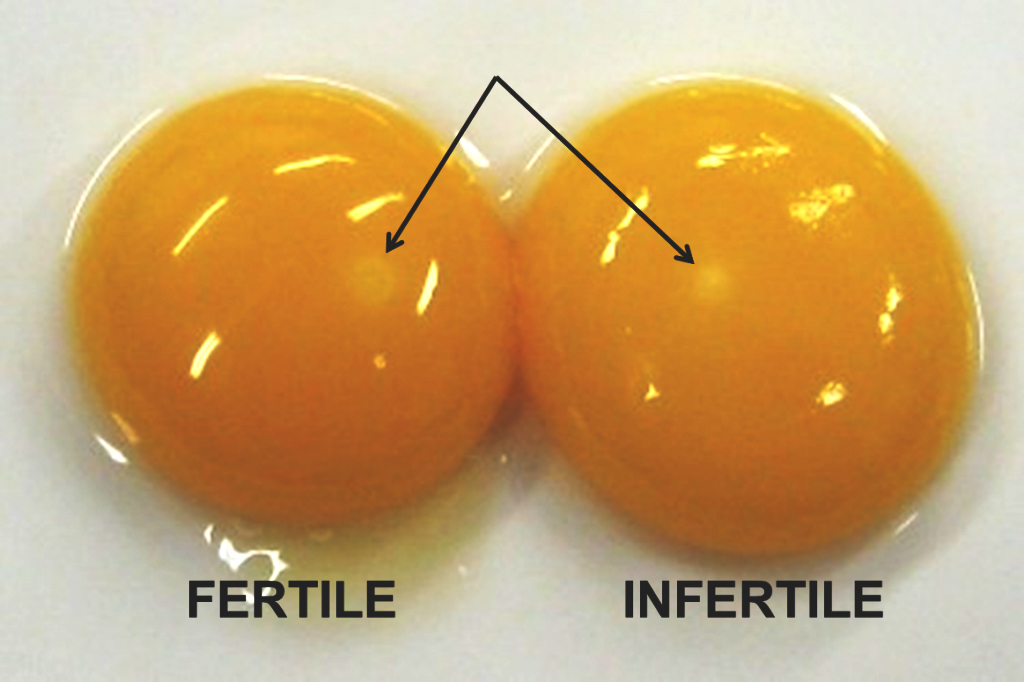
Did you know that you can determine if an egg is fertile or not just by looking at the blastodisc spot? The disc is the white spot on the yolk. The non-fertile germ spot contains only the female’s cells and looks like a solid white spot. In a fertile egg the germ spot contains both the female and male cells. This allows cells to divide and the spot grows while the rest of the egg is being built in the female’s oviduct. Because of this growth the fertile germ spot on the yolk looks like a circle with a somewhat clear center.
